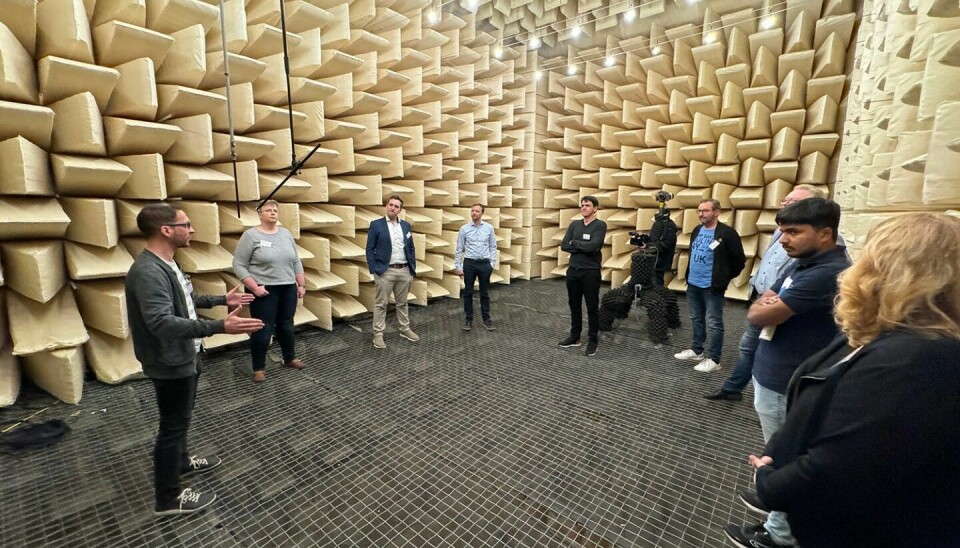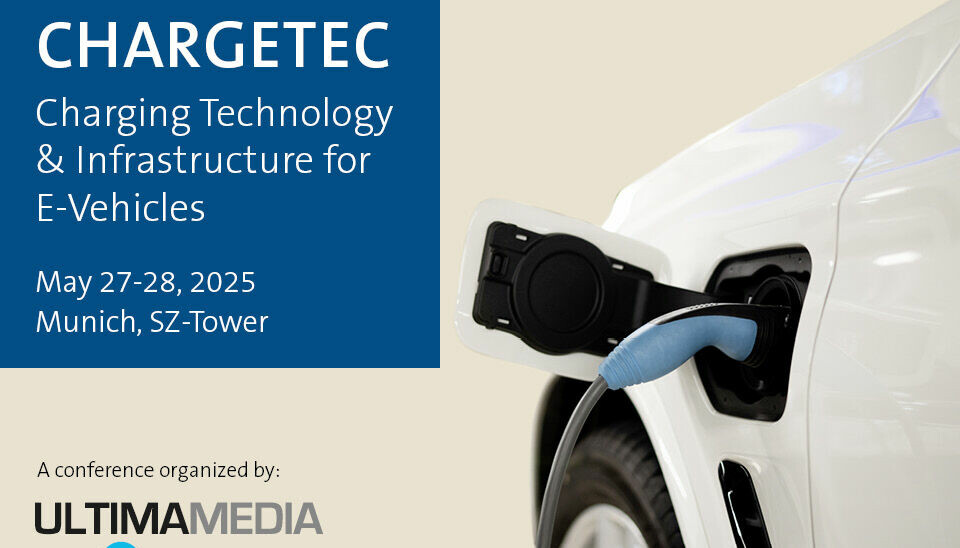Audio UX
How acoustics in vehicles become a selling point

In Ilmenau, audio experts met during the "Acoustic Day" organized by Fraunhofer IDMT to discuss the future of interior acoustics. Common denominator: The listening experience becomes a selling point.
“Audio will play a crucial role in the future design of interiors,” emphasized Christoph Sladeczek, Group Leader for Virtual Acoustics at the Fraunhofer Institute for Digital Media Technology (IDMT) in Ilmenau to automotiveIT. The Thuringian Institute plays an important role, aiming to revolutionize the driving experience with its 3D audio technologies.
What this means live in color and sound was experienced by around 40 acoustics experts in early December in a parking garage of the Fraunhofer IDMT. There, at the Acoustic Day co-organized by automotive thüringen e.V., a current model of the new E-Class was presented, where Florian Richter, Sound Developer at Mercedes-Benz in Stuttgart, demonstrated the interaction of sound, structure-borne sound, and light.
User Experience: Sound meets interaction
The manufacturer understands the acoustic interior design as a central component of the MBUX system, which makes sound not only audible but also tangible and visually perceptible. In collaboration with the Fraunhofer IDMT, active ambient lighting was created, where LED light strips synchronously transform music into a light mood.
The MBUX system offers intuitive user guidance through voice control, touchscreen, and gestures. With the help of AI, it learns the habits of users and suggests personalized routines, such as adjusting the interior temperature in the morning cold. Additionally, UX signals increase safety. An example is the exit warning function, which uses optical and acoustic signals to warn of approaching cyclists. Richter: "Our goal is to make vehicles intelligent companions that combine comfort, safety, and individuality."

The ideal UX sound is pleasant and intuitive
UX sounds that are intuitively understandable and emotionally appealing are developed by Alexander von Hoffmann from the Technical University of Nuremberg. For him, the ideal sound is a tone that the user immediately recognizes as a warning signal without a manual. This includes synthetic engine noises that warn pedestrians of an approaching electric vehicle. "However, it's not just about making such sounds clearly recognizable, but also about ensuring they are perceived pleasantly to make interaction with the vehicle intuitive and safe," emphasizes von Hoffmann.
Even a pleasant, intuitively understandable UX sound is only effective if the listener can locate it in space. This is achieved through object-based audio (OBA) and the 3D audio technology SpatialSound Wave from Fraunhofer IDMT, which allow audio content to be adapted in real-time to the interior architecture and the position of the occupants. Warning signals can thus be placed spatially accurately, for example, in the direction the driver should turn. "OBA creates an intuitive 360-degree perception that enhances comfort and safety," says Christoph Sladeczek.

Developing according to the Lego principle
While technologies such as object-based audio and 3D audio solutions from Fraunhofer IDMT set new standards for intuitive sound experiences, Novicos GmbH from Hamburg focuses on the entire development process of acoustic systems. "It's like being able to plug together the components like in a Lego kit, create modular subsystems, and then look at the acoustic behavior when I combine everything," explains Tobias Clauß, Business Development Specialist at Novicos.
This Virtual Prototype Assembly allows for more efficient and cost-effective development of acoustic systems because it simulates and analyzes assemblies virtually. This methodological toolkit enables early identification of noise sources and material adjustments without the need to build expensive physical prototypes. An example: When using a new lightweight material, the Hanseatics were able to simulate and demonstrate that the planned soundproofing was insufficient and propose timely adjustments. This innovative approach not only saves time and costs but also helps to find optimal acoustic solutions in the early stages of development.
Chinese Design Stagings Instead of "Shy Tech"
How the automotive industry makes sound visible was explained by Jörg Friedrich, Managing Director of Car Men GmbH from Glashütten (Taunus): "The Chinese are currently in a kind of puberty when it comes to design, developing their own taste, which is still heavily influenced by the 'parents', i.e., European brands like BMW and Mercedes." The influence comes from the chief designers whom China has poached along with teams in Europe.
For almost 25 years, Friedrich, together with company co-founder Ginger Ostle and a small team of experts, has been examining the design DNA of automobiles. Almost all renowned manufacturers are among the clients. Currently, the expert observes that acoustic components are evolving from functional elements to status symbols. Visible speakers, refined with metals, lighting, and elaborate decorative elements, emphasize the value and style of modern vehicle interiors. According to Friedrich, the contrast between European and Asian design is particularly noticeable: while European manufacturers rely on the "Shy Tech" philosophy - technology discreetly disappears into the design - Chinese brands like Huawei or Xiaomi deliberately stage speakers as visual highlights.
This is particularly noticeable with electronics companies that have recently started building automobiles. For example, the Chinese electronics company Skyworth combines translucent materials and lighting to transform speakers into emotional design elements. The expert said nothing about the USA. However, some manufacturers like GM also place their acoustics visibly and prominently. Friedrich predicted that this "design freedom" will increasingly influence the European automotive industry as well. He sees initial approaches with manufacturers like BMW, Mercedes-Benz, and Volvo, who are moving away from Shy Tech and integrating visible acoustic solutions into their designs.
Another trend is the integration of acoustic systems into seats. Example Genesis G60: In this vehicle, speakers in headrests and backrests provide very intense listening experiences. For Friedrich, this is evidence that even purely functional elements in the interior, like the seats, are transforming into interactive experience spaces.
This article was first published at automotiveit.eu

















